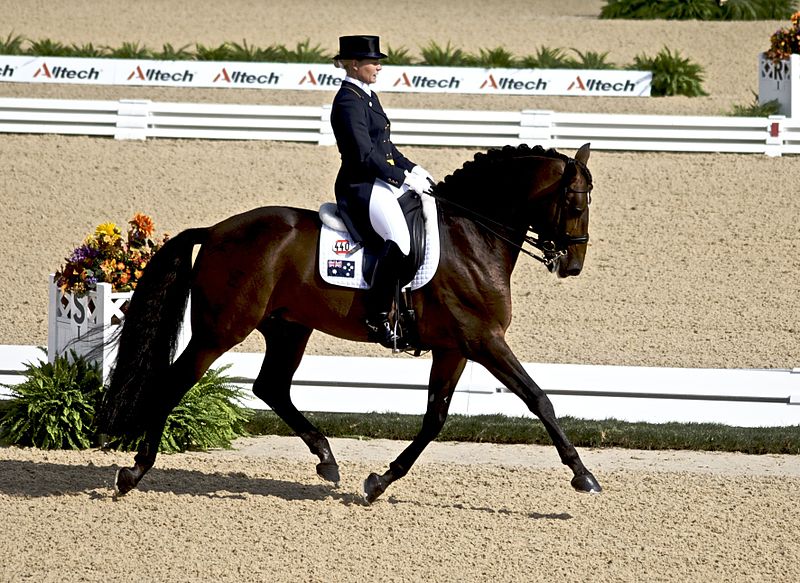Dressage hoof-care techniques can vary with different levels of training, says Hall Of Fame farrier Dave Farley.

"The young horses, especially European horses, are started at 3, 4 or 5 years old, after they've developed. The heavier-boned horses require more time to mature, so a lot of these horses are started without any shoes."
That's a good thing, he says. "I like it when a horse has been ridden and trained and doesn't have a lot of foot. I can tell exactly where he's breaking over, what he's doing and where he's compensating for his conformation faults. In dressage shoeing, as in any shoeing, you need to know what conformation faults a horse has so you can compensate for that. You have to help and encourage that horse to make the best of his ability with your trimming and your shoeing."
Upper-level dressage horses often train 6 days a week, Farley says, "and they go to a lot of functions where they are bathed every day. Many of the horses are in a Southern climate and they're getting a very good balance of nutrients, so their feet grow quickly. Anyone who spends time shoeing with us is just amazed at how fast these horses' feet grow. These horses require regular footcare, and the owners and trainers at that level expect regular hoof care."
Experienced dressage riders can detect the difference in their horses as the hooves grow, according to Farley, "and when they get to that fourth or fifth week, they'll call you to shoe that horse."
In providing hoof care for dressage horses, "Ninety percent of what you're doing is in the trim," he says. "You have to develop your eye to know what's balanced for that horse; you can't do it all with just muscle. You're going to get fewer horses done in a day, and you're going to get tired and sore."







Post a comment
Report Abusive Comment